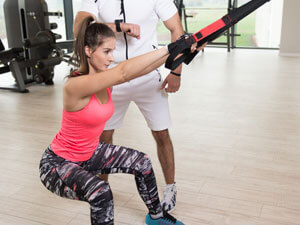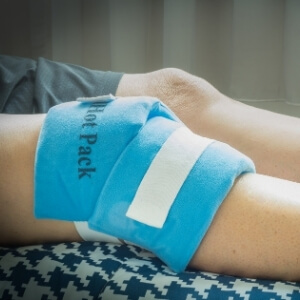Tech Neck to Text Neck: Modern Solutions for Digital Age Posture Problems
 Are you constantly looking down at your phone or tablet? This habit could be taking a toll on the integrity of your spine and putting stress on your nervous system.
Are you constantly looking down at your phone or tablet? This habit could be taking a toll on the integrity of your spine and putting stress on your nervous system.
When your head is well-aligned over your shoulders, your neck muscles manage its weight easily. However, tilting your head forward to check messages dramatically increases the load on your neck muscles – imagine the difference between holding a bowling ball close to your body versus holding it at arm’s length. This added strain can lead to headaches, neck pain, and shoulder tension as well as low back pain and other symptoms of nervous system dysregulation like difficulty sleeping, increased heart rate, and shortness of breath.
To protect your spine and nervous system in our digital world, try raising your device to eye level as much as possible, taking regular screen breaks, and practicing gentle neck stretches. A helpful tip is the “head back & row” exercise: while standing, slowly drop your head backward to extend your neck, bend your arms at the elbow, and lift your elbows away from your body like you’re getting ready to row a boat. Pinch your shoulder blades together with your neck extended. Hold for 5-10 seconds and repeat throughout the day.
Remember, small adjustments to how you use your devices can make a big difference in preventing tech-related neck strain. Visit us to learn more about maintaining proper posture in our digital age.
Core Strength: Your Spine’s Best Friend
 Think of your core as your body’s natural support belt. These essential muscles work together to stabilize your spine, improve your posture, and prevent falls. While many people associate core strength with visible abs, it’s actually about developing the deep muscles supporting your entire trunk.
Think of your core as your body’s natural support belt. These essential muscles work together to stabilize your spine, improve your posture, and prevent falls. While many people associate core strength with visible abs, it’s actually about developing the deep muscles supporting your entire trunk.
Simple daily activities like maintaining good posture while sitting, carrying groceries, or picking up a child all rely on core stability. Build your core with gentle exercises like pelvic tilts or bridges while lying on your back. As you progress, incorporate movements like planks or bird dogs. Remember to breathe normally during these exercises and never force movements that cause discomfort.
A strong core doesn’t happen overnight, but consistent attention to these supporting muscles can significantly improve your spinal health and overall well-being.

 Ever notice your joints feeling stiffer on rainy days? You’re not imagining it! Changes in barometric pressure can affect how your joints feel, especially if you have underlying conditions or previous injuries. When atmospheric pressure drops, it may cause tissues around your joints to expand slightly, potentially leading to increased discomfort. While we can’t control the weather, there are ways to manage these effects.
Ever notice your joints feeling stiffer on rainy days? You’re not imagining it! Changes in barometric pressure can affect how your joints feel, especially if you have underlying conditions or previous injuries. When atmospheric pressure drops, it may cause tissues around your joints to expand slightly, potentially leading to increased discomfort. While we can’t control the weather, there are ways to manage these effects.
